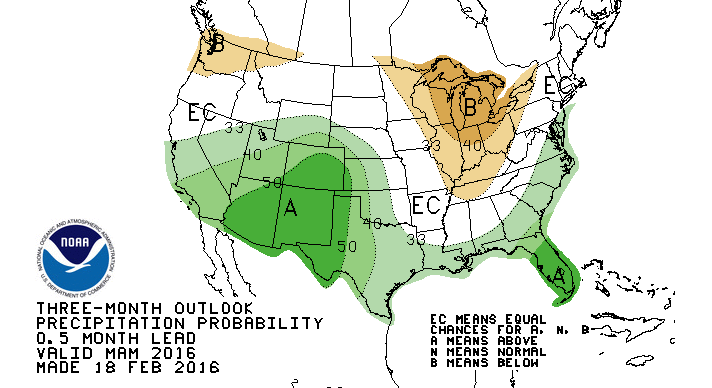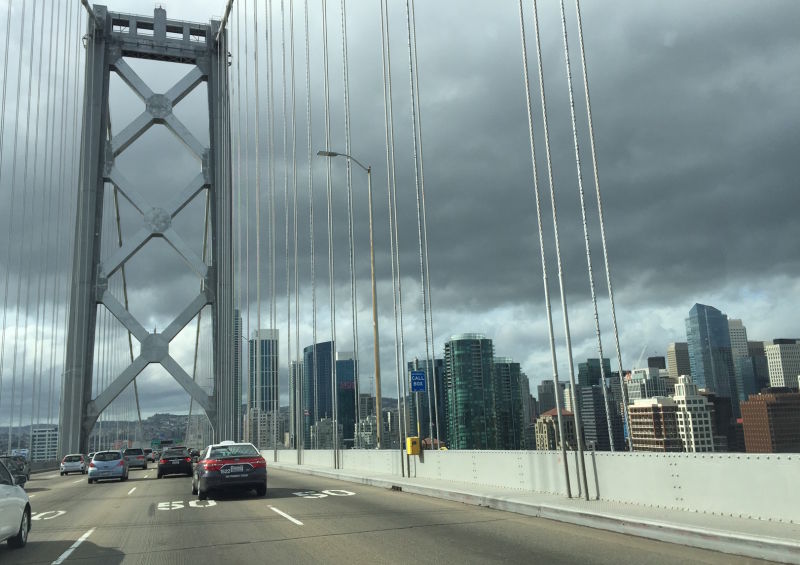Federal climate scientists say the near-record El Niño conditions in the Pacific Ocean have peaked and are slowly waning.
Forecasters now say conditions are likely to flip to their opposite phase, known as La Niña by late summer or early fall, which could set the stage for another drier-than-normal winter and prolonged drought in California.
“We are reasonably confident that there will be a La Niña,” says Huug van den Dool, seasonal forecaster at NOAA’s Climate Prediction Center, “but we plead ignorance as to whether this is going to be a small, moderate, or strong La Niña.”
Just as the stronger El Niños tend to favor wetter winters in California, the mirror-image La Niña is sometimes a harbinger of drought. Strength is measured by how much ocean waters deviate from their normal temperatures. Warmer waters provide more moisture to brewing Pacific storms, while colder waters tend to dry things out.
The shift is not likely to have major implications for what remains of this winter. California’s weather tends to lag the ocean conditions that influence it by as much as a couple of months, so the possibility still lingers for a soggy spring.

The abnormally warm water along the equator that defines El Niño probably peaked in December, van den Dool told reporters in a Thursday conference call, but still has some steam left in the boiler, seen in the rapid upward movement of warm, moist air over the ocean.
